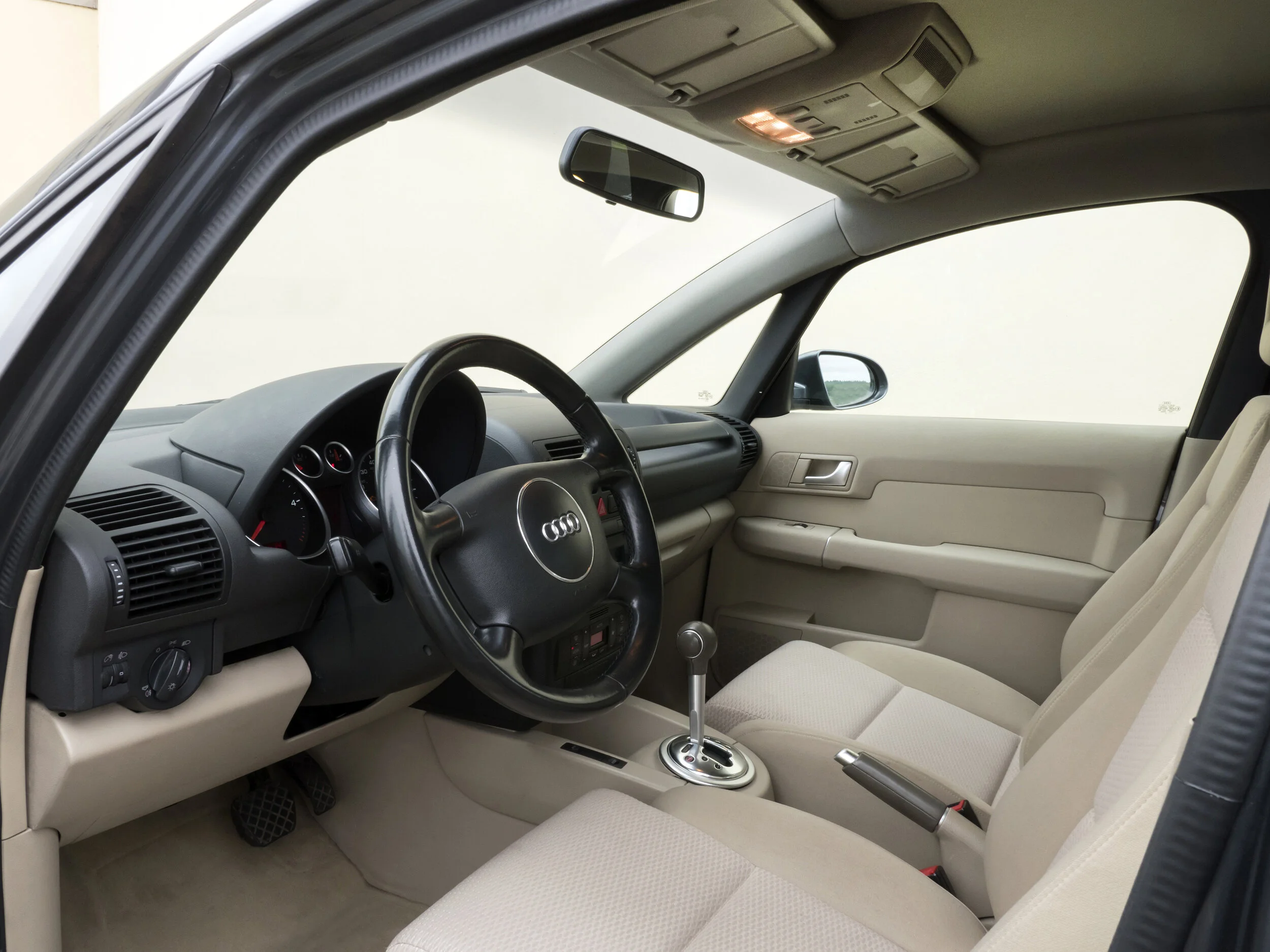Audi A2 3L – on its way to being a modern classic? Or already there?
Every Monday we’re serving you up a delicious slice of pure postulation. That’s right, once a week we’re using our expertise and passion for the subject to predict what motors are destined for classic car stardom. This week, Parkers finance editor and former Classic Car Weekly news editor, Murray Scullion proposes the Audi A2.
Some of my last predictions for promotion into the classic car hall of fame have erred on the side of recklessness, but this week’s car should have everyone nodding with agreement, right? Ahead of its time is an expression that’s really a backhanded compliment. And it’s one synonymous with the Audi A2.
Too radical, too technologically advanced, too complex for the general public to understand.
Audi A2: history
Back in the 1990s, Audi’s bosses tasked its engineering team to create a car that would consume a meagre 3.0-litres of fuel per 100km. In old money that’s an astonishing 94.5mpg. The gargantuan task required big balls and even bigger brains.
First up on the radical agenda put together by the finest minds in Ingolstadt was to make the car from Aluminium. Engineers reckoned that by using an aluminium frame they saved 250kg compared with making one from steel. Next up, power. To get 94.5mpg the world’s first three-cylinder direct injection engine would be needed. While the drag coefficient rating of 0.28 meant it was more slippery than Boris Johnson answering a question about his children.
Audi A2 interior: tough, functional, industrial – hardly luxurious
The A2 was released in early 2000 to much praise from the motoring press. It’d take another year to have the mythical 94.5mpg realised, in the form of the 3L model. These particular models, with lightened bulkheads, were more expensive to produce and deemed not suitable for Brits.
Being an Audi, it of course was premium-ish. The quality of materials used inside were a step up from other superminis on the market. But there’s no escaping that from new, it was £12,500, at a time when a Ford Fiesta cost around £8000. Standard A2s even did without electric windows - the last Audis to do so. Throughout its life special editions were released, and minor changes happened here and there. Production was halted in 2005, with sales in the UK stopping in 2006.
Audi A2: rarity
One of the factors of when cars achieve classic status is their scarcity. Rare cars achieve classic car status earlier than ubiquitous ones. This brings us on nicely to the A2. Audi only shifted around 175,000 A2s in Europe between 2000 and 2006.
This is as close as many will get to being ‘under the bonnet’ of an A2
Why weren’t people buying them? £12,500 (before options) for a supermini in the early 2000s was steep. The looks were controversial too. For packaging purposes the A2 was tall and narrow, and while that resulted in a car that’s shorter than the superminis of today, it was awkwardly shaped. Maybe people didn’t like the fact they couldn’t open the bonnet easily. The A2 had a service hatch. It was essentially a panel you could pull down to top up the oil, coolant, and windscreen washer.
To compound the lack of sales, A2s are a swine to fix too, which helps explain rarity on roads today. The alloy body is not cheap or easy to fix. They’re such a pain that Audi even had to set up repair centres for A8s (also alloy bodied) and A2s.
Why should you care?
Audi A2 3L: slow, steady, up to 100mpg
Audi may have lost money on the A2, but you don’t have to. Now’s the time to buy. High mileage 1.4 diesels and petrol are as low as £500 at the moment, and even the nicest models only achieve £5000 or so. The past 20-or-so years have been kind to the design too. Today it still looks remarkably modern, and a whole lot less chintzy than what premium german car makers are churning out at the moment.
And here’s the kicker – the A2 is good to drive too. Not in a classic car kinda way. It’s well up to modern standards. The 1.6-litre petrol engine even gives the A2 the same power-to-weight ratio as a Mk1 Volkswagen Golf GTI. Properly nippy then.
The CCfS Classic Car Prediction
The Audi A2 is well on its way to becoming a classic car. The 1.6-litre warm-hatch will be first to reach, while early models will get there before late ones. Imported 3L models, the ones capable of using 3.0-litres of fuel per 100km, are also such a huge rarity that they are already cherished cars in the UK.
Audi A2 3L




